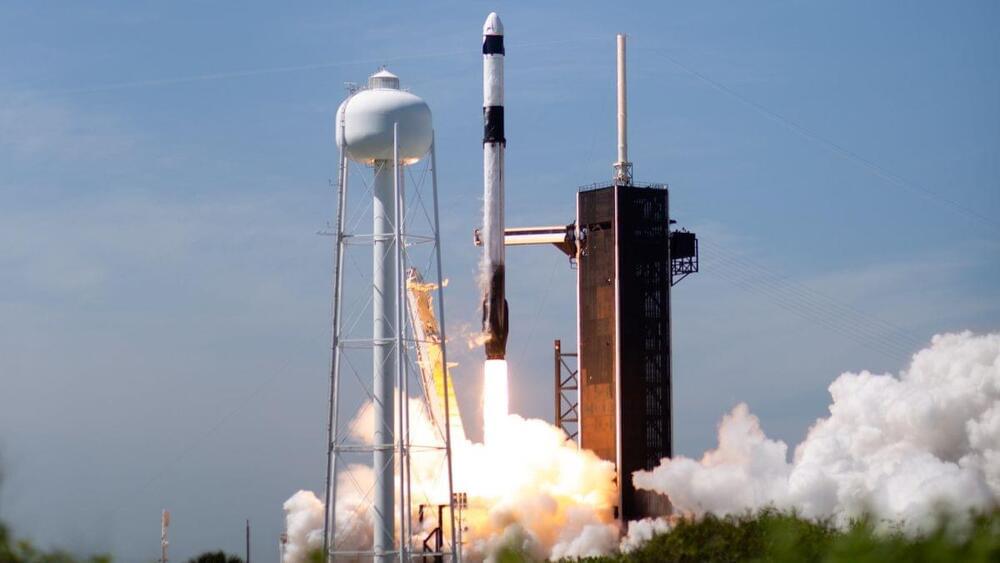
Way back in 2015, Apple released its very first app in the Google Play Store. It was called Move to iOS, and it helped people switch from Google’s platform to Apple’s. Turnabout is fair play, and Google has finally made its own switching app. With the predictable name “Switch To Android,” the app helps iPhone owners export their data for use on an Android phone. The app rolled out today in several markets, including the US, but it might be hard to find.
The current mobile dichotomy has been in place for over a decade at this point. Upstarts like Palm and Windows Phone tried and failed to create a third platform, but instead we’ve all become more entrenched with Android and iOS. After years and years using one platform, it can be imposing to move it someplace else. Apps like Apple’s Move to iOS and the new Switch To Android can make it a bit easier by automating the process, or at least pointing you to the right settings.
After installing the Switch To Android app on an iPhone, you’ll have the option to grab the basics like your contacts, calendar events, photos, and videos. Most of this data should plug into Google’s ecosystem without issue. You might notice some strange errors in contact data, but the app connects to Google Photos to salvage all your iCloud media. This all happens wirelessly, so you won’t have to worry about finding a cable to connect your Android phone’s USB-C port to the aging Lightning port on even the latest iPhones.


















